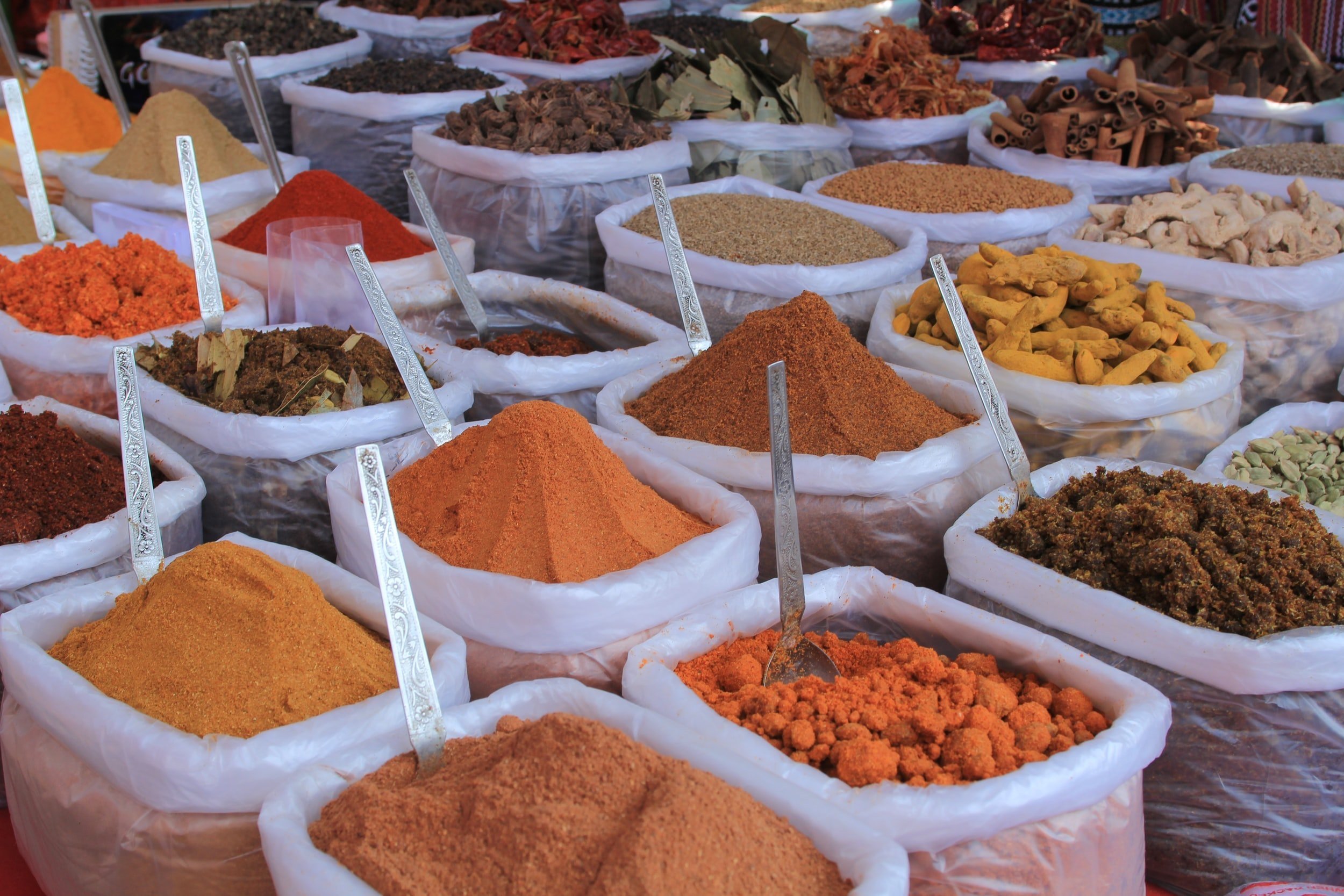Should You Buy Organic Spices?
Have you ever gone to the grocery store in search of basil, oregano, cumin, or any other spice and wonder:
“why would somebody pay more money for organic spices?” “I only use 1 tsp at a time, does it really matter?” “What’s the point?”
When it comes to other things we eat in our diet (butter, eggs, chicken, beef, etc.…) there’s a decent understanding that quality matters. As new information comes out regarding health and diet, it paints a clear picture of why it matters to choose quality over quantity.
Spices are no different. This isn’t a new concept to those who’ve lived in the healthy eating world. But, If you’re new to the health journey, it might be something you never thought of.
All imported spices must be sterilized by law.
When it comes to spices, it’s important to understand that most of the spices in the United States are imported from other countries. The United States is the world’s largest importer of spices. Because we import spices from a vast array of countries around the world, the U.S. Government requires that all spices be sterilized before reaching the shelves for people to buy.
There are three ways which spices are sterilized: fumigation, irradiation, and steaming.
Fumigation
Fumigation is the cheapest and most common way to sterilize spices. Companies achieve this by pumping Ethylene oxide gas into containers of spices and allow it to permeate through the container until sterilization occurs. As a result of this process, residue from the Ethylene Oxide remains on the spices and the spices need to be aerated in order to allow the gas to dissipate.
The USDA allows several chemicals to be used in the fumigation process. Yet, the World health organization has classified these same chemicals as hazardous to human health.
The final thing to consider is that products sterilized by this method are not required to be labeled specifically stating they were treated in this way.
Irradiation:
This process uses gamma radiation to penetrate high density packing materials to sterilize spices. The plus side to this method is there’s no residue left over like there is in fumigation. The downside of irradiation is that it reduces the flavor and nutrition value of the spices. Products that undergo irradiation are required to be labeled as such.
An exception to the labeling requirement for irradiated spices exists when the spice is “roasted, heat-treated, or blended” with other irradiated or non-irradiated spices, and/or other ingredients.
Steaming
Steaming is the only sterilization process approved for spices and other foods to be labeled certified organic. Steaming utilizes dry steam (very hot water) to destroy bacteria without depleting the flavor and nutrient value of the spice. The big take away here is: No chemicals, no radiation.
Other things to consider when it comes to buying spices:
The FDA doesn’t require spice manufactures to label when they mix in other ingredients like flour, sugar, rice, or salt. They also don’t require labeling of artificial colors, flavors, or preservatives and they don’t require spices to be free of other contaminants.
Filth:
The FDA considers contamination from “filth” to be a potential hazard to humans consuming spices. FDA considers ‘‘filth’’ to mean ‘‘extraneous materials’’ as defined in FDA’s Defect Levels Handbook: “Any foreign matter in a product associated with objectionable conditions or practices in production, storage, or distribution.” This includes “objectionable matter contributed by insects, rodents, and birds; decomposed material (mold); and miscellaneous matter such as sand, soil, glass, rust, or other foreign substances” (FDA 1998a; Defect Levels Handbook).
Filth represents an acceptable range of contamination in spices which may come from a variety of sources. The American Spice Trade Association is involved in monitoring and setting policy to control the level of filth in spices which enter the United States. They issued a policy statement in 2017 which provides their limits on acceptable levels of “filth.”
Why buy Organic when it comes to spices?
First, the only method of sterilization that can be used in ‘certified organic’ spices is steaming. Steaming is the cleanest and least harmful process of sterilization. It also maintains the nutrient values of the spices.
Second, ‘certified organic’ spices are regulated carefully enough to say there isn’t anything in the spice that shouldn’t be. If you buy a jar of chili powder, you get a jar of chili powder.
Third, organic spice suppliers tend to be smaller farmers that are involved in fair-trade practices making sure the farmers get compensated for their laborious work making quality products.
One last consideration is that spices tend to be de-inflammatory in the diet. Spices have been shown to be anti-oxidative and anti-inflammatory while providing great nutritional support to the body. This carries over into the lifestyle of health and wellness and living to prevent disease from ever occurring in the first place.
A fantastic place to buy spices from is Frontier Co-op. Whether you’re looking for spices online, at the grocery store, or health food store, chances are, if you’re buying organic, you’re buying frontier co-op products. In addition to their spices and teas, they have the co-op market where you can shop for grocery items, snacks, and more.



